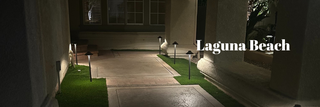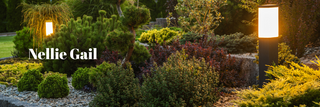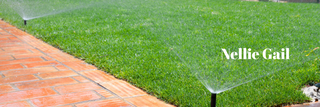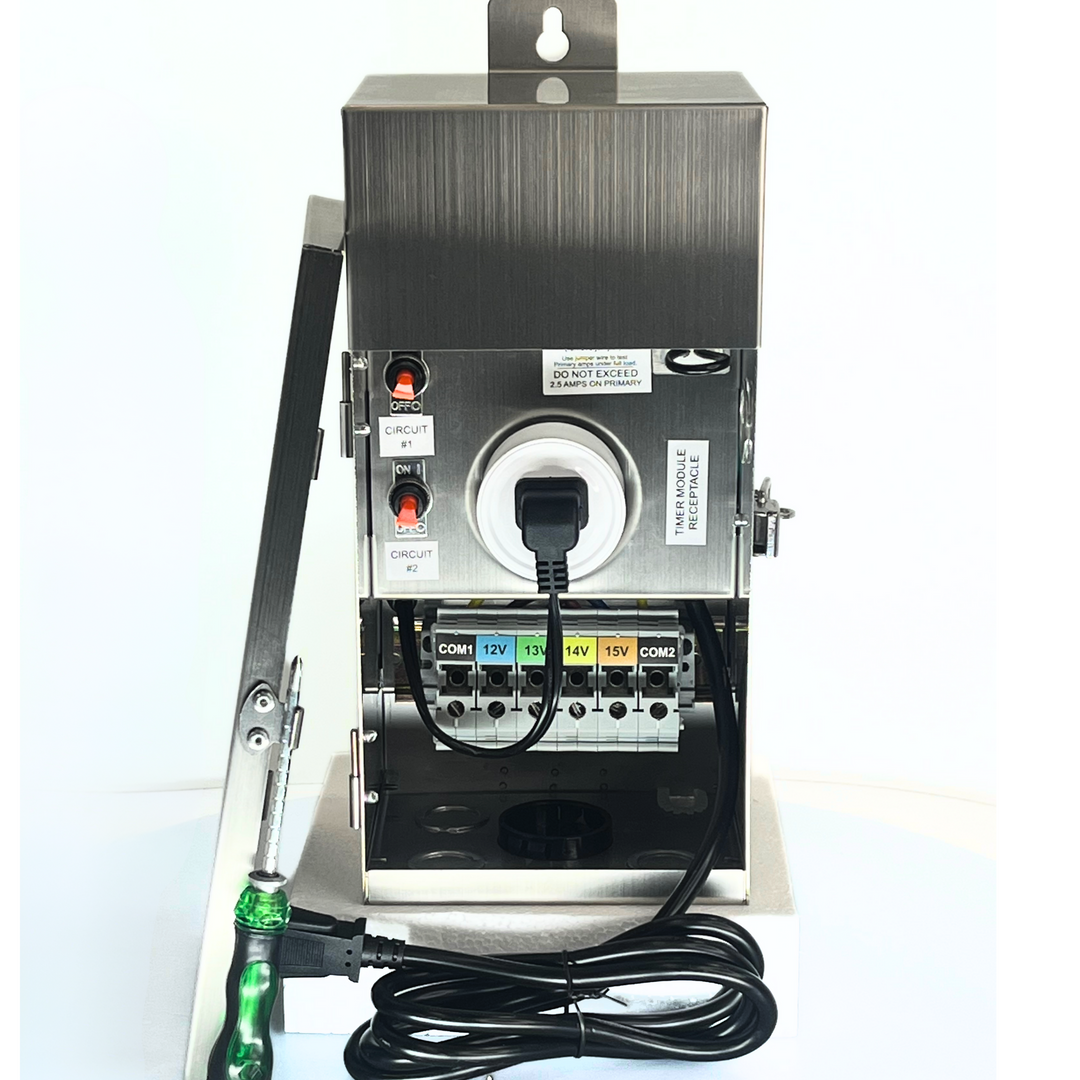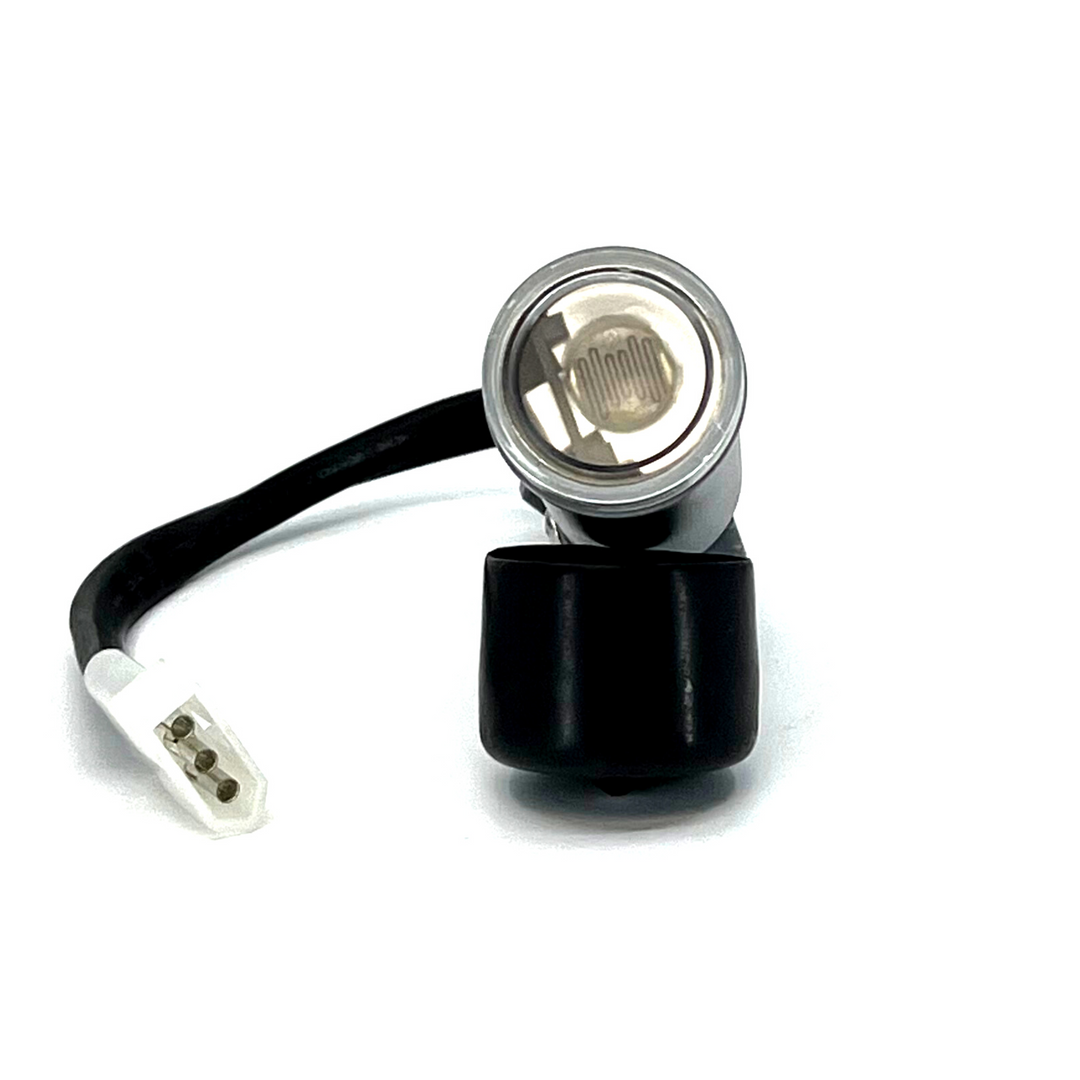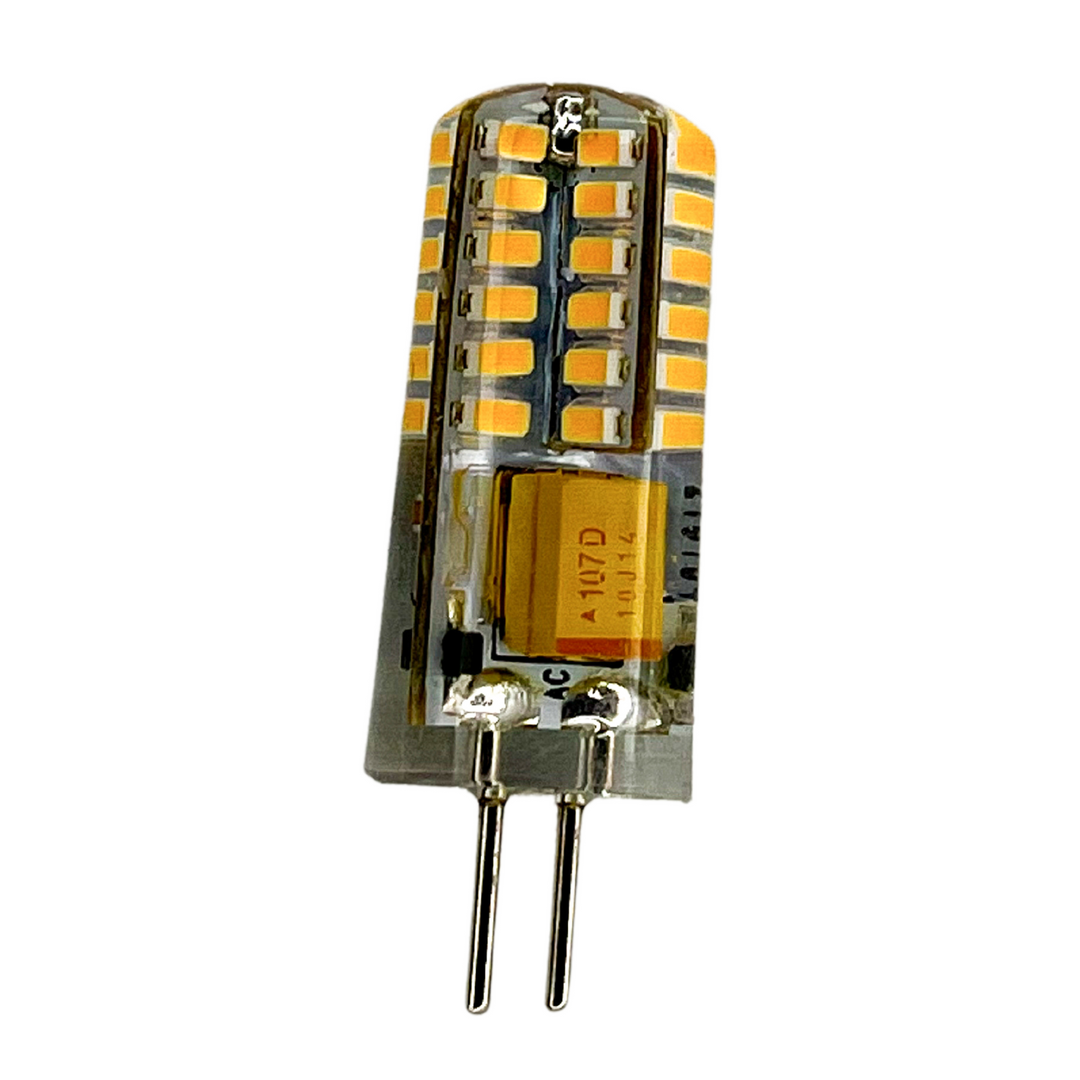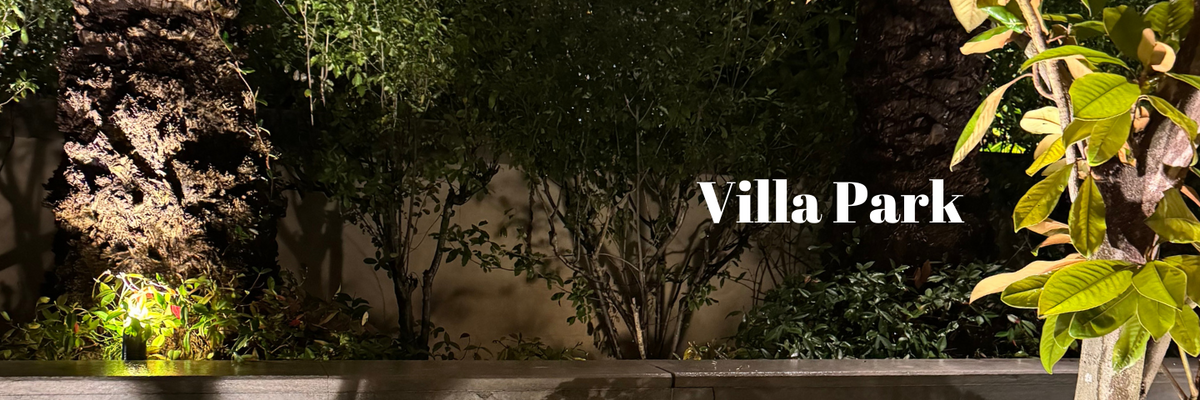
Villa Park's Outdoor Lighting Revival: Top Repair Strategies
|
|
Time to read 6 min
Outdoor lighting plays a vital role in shaping the nighttime appearance and functionality of homes and businesses in Villa Park. Whether it's to enhance curb appeal, improve safety, or simply illuminate walkways and landscaping features, maintaining a reliable and attractive outdoor lighting system is essential. Over time, however, environmental exposure and regular use can cause these systems to deteriorate. Fortunately, a thoughtful repair strategy can revive outdoor lighting, making it more efficient, durable, and visually pleasing.
This article explores the most effective repair and upgrade techniques tailored to Villa Park’s outdoor environments. By understanding common issues and applying modern solutions, property owners can extend the life of their lighting systems and elevate the charm of their exteriors.
Outdoor Lighting Issues Specific to Villa Park
Villa Park experiences a mix of weather conditions throughout the year. From dry heat in the summer to moisture-heavy winters, outdoor fixtures and electrical systems are constantly exposed to elements that gradually reduce their efficiency and durability. Corrosion, particularly in metal components, is a leading problem due to humidity and rainfall. Over time, this rust not only weakens the fixtures but also compromises their appearance.
Electrical failures are also common in aging lighting systems. Loose connections, degraded insulation, and water intrusion can cause flickering, dimming, or complete power loss. In many properties, outdated wiring compounds the problem, leading to inconsistent performance or dangerous short circuits.
Another issue is frequent bulb burnout. Incandescent and halogen bulbs, once popular in outdoor lighting, have short lifespans and high energy demands. Replacing them repeatedly adds to maintenance costs. Additionally, UV exposure from the sun degrades plastic covers and fixture housings, leading to faded, brittle parts that reduce both effectiveness and aesthetics.
Addressing these challenges requires a multi-layered approach—one that combines regular inspection, component upgrades, and weather-resistant installations.
Strategic Repairs for Long-Lasting Results
A successful lighting revival starts with routine inspection. This involves walking around the property at night and during the day to spot flickering lights, rust, or dim areas. Periodic checks help detect early signs of wear, allowing for minor repairs before they evolve into system-wide failures. Ensuring that fixtures are firmly mounted and wires are shielded from water are basic yet effective preventative measures.
Stay Ahead with Proactive Lighting Checkups
Routine checkups help prevent surprise failures. By catching signs like rust, dimming, or water damage early, Villa Park homeowners can fix small issues before they turn into big repairs. These visual inspections—done every few months—make a significant difference. Lenses can be cleaned, wiring checked, and mounts tightened, all in a matter of minutes. It’s a simple but powerful way to extend the life of your lighting system.
Switch to Smarter, Longer-Lasting Illumination
Traditional lighting technologies have served their time, but they’re no match for the energy savings and longevity offered by LEDs. Whether you're illuminating a walkway or highlighting a landscape feature, LEDs provide consistent, high-quality light with lower energy use. They also come in various tones and brightness levels, letting you fine-tune the look and feel of your property. Upgrading not only enhances performance—it also reduces replacement and maintenance efforts significantly.
Shield Fixtures from the Elements for Year-Round Performance
Villa Park’s weather can be tough on outdoor lighting systems. Moisture, dust, and UV rays are constant threats. Protecting your investment starts with choosing the right materials, but it also involves smart sealing and shielding. High-rated waterproof fixtures, rust-resistant coatings, and secure junction boxes help lock out moisture. These protective steps ensure that lights work when you need them and hold up through seasonal shifts.
Modernize Wiring for Reliable, Safe Operation
Wiring is the backbone of any outdoor lighting system. Over time, exposure to water, heat, or shifting ground can damage it. That’s when flickering, dimming, or full outages start to appear. Replacing older wires with outdoor-rated, insulated ones restores reliability. It’s also an opportunity to check for outdated connections or poorly grounded components. By modernizing the wiring network, property owners ensure both safety and long-term functionality.
Put Control in Your Hands with Automated Lighting Features
Smart lighting is changing how homeowners manage their outdoor spaces. With features like scheduling, remote control, and motion activation, it's now easier than ever to customize lighting to your routine. These systems help reduce energy use, improve security, and adapt to changing needs. Many Villa Park homes benefit from smart upgrades that integrate with existing lights—no need to start from scratch. It’s a seamless way to improve both convenience and control.
Material and Fixture Selection for Villa Park Conditions
Choosing the right materials and components is just as important as proper installation. For durability, stainless steel and powder-coated aluminum are preferred because they resist rust and corrosion. These metals maintain their appearance over time, even when exposed to rain and sprinklers. Tempered glass covers are ideal for protecting bulbs and optics, as they resist clouding and cracking caused by sun exposure.
Fixtures should be chosen based on both performance and style. Those designed for high UV and water exposure will last longer in Villa Park’s outdoor settings. It’s also important to consider whether the fixtures are compatible with modern lighting technologies like LEDs and smart controls. Selecting fixtures with the right light output and beam angle enhances both safety and aesthetics, whether lighting a garden path or illuminating a home’s façade.
In terms of appearance, matching fixtures to the architecture of the home ensures that the lighting blends seamlessly with the property’s design. A well-coordinated system enhances curb appeal without overpowering the landscape or drawing attention to the fixtures themselves.
Enhancing Energy Efficiency Outdoors
Reducing energy usage is one of the most compelling reasons to upgrade an outdoor lighting system. LED technology stands out for its ability to produce the same brightness as traditional bulbs with a fraction of the power. Over time, this results in noticeable savings on energy bills.
Solar-powered fixtures are also gaining popularity for landscape lighting, especially in areas that receive good sunlight. They require no wiring, making them easy to install and maintain. However, they may not provide consistent brightness during cloudy periods or in shaded areas, so their use is best suited for supplemental lighting in gardens or along walkways.
Smart controls further improve efficiency by automating lighting schedules and adjusting brightness levels. Homeowners can program lights to turn on only when needed, such as at sunset or upon detecting motion. This reduces unnecessary energy use and extends the lifespan of the bulbs and system components.
By combining efficient lighting technologies with thoughtful placement and usage, residents can achieve substantial energy savings without sacrificing function or style.
Routine Maintenance for Reliable Performance
Maintenance is key to keeping outdoor lighting systems performing at their best. A seasonal cleaning routine can remove dirt, spider webs, and debris that reduce brightness or trap moisture. Inspecting fixture seals, lenses, and mounting hardware helps preserve weather resistance and stability.
At least once a year, it's wise to conduct a more thorough inspection. This includes testing motion sensors, replacing worn gaskets, checking wiring for signs of age, and touching up any protective coatings. Proactively replacing aging components can prevent unexpected outages.
Property owners should also consider creating a lighting layout map. This helps track the location and function of each fixture, making repairs and upgrades more efficient over time. Keeping a maintenance log with dates and notes can be invaluable for long-term care.
What to Avoid During Outdoor Lighting Repairs
There are several common mistakes that can undermine even well-intentioned lighting upgrades. One of the biggest errors is using fixtures or components not rated for outdoor use. Indoor-rated items may look similar but fail quickly when exposed to weather.
Another pitfall is ignoring water protection. Simply wrapping wires in tape or placing them near the ground without proper shielding can lead to shorts, corrosion, or even fire hazards. All outdoor wiring should be enclosed in waterproof conduits and mounted above the soil line when possible.
Trying to make complex electrical repairs without proper knowledge can lead to safety risks. While simple tasks like changing bulbs or cleaning fixtures are generally safe, more technical work involving rewiring or smart system integration should be handled by experienced technicians.
Finally, aesthetics should not be an afterthought. Mismatched fixtures, uneven lighting levels, or conflicting color temperatures can create a disjointed and unattractive look. Thoughtful planning and consistent design help ensure a visually pleasing result that enhances rather than distracts.
Reviving outdoor lighting in Villa Park is more than a simple repair job—it’s an opportunity to modernize, beautify, and protect your property. From replacing aging bulbs with efficient LEDs to integrating smart controls and reinforcing weatherproofing, each step plays a vital role in achieving a lighting system that lasts. With regular maintenance, the right materials, and a clear strategy, Villa Park property owners can enjoy outdoor spaces that are both practical and inviting—day and night.








